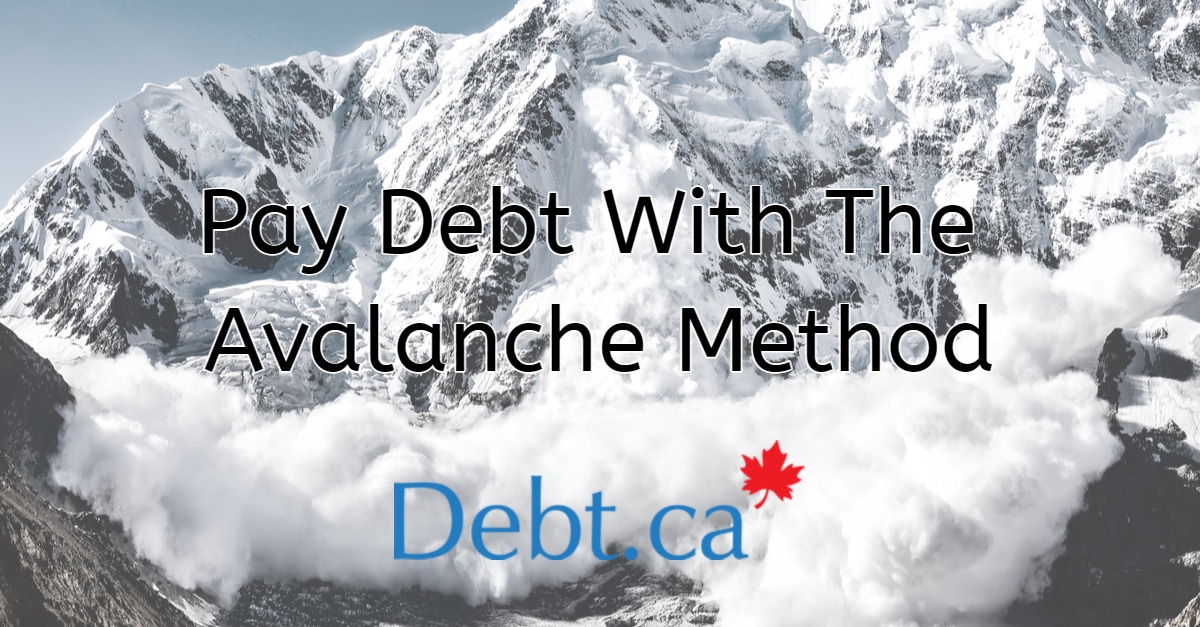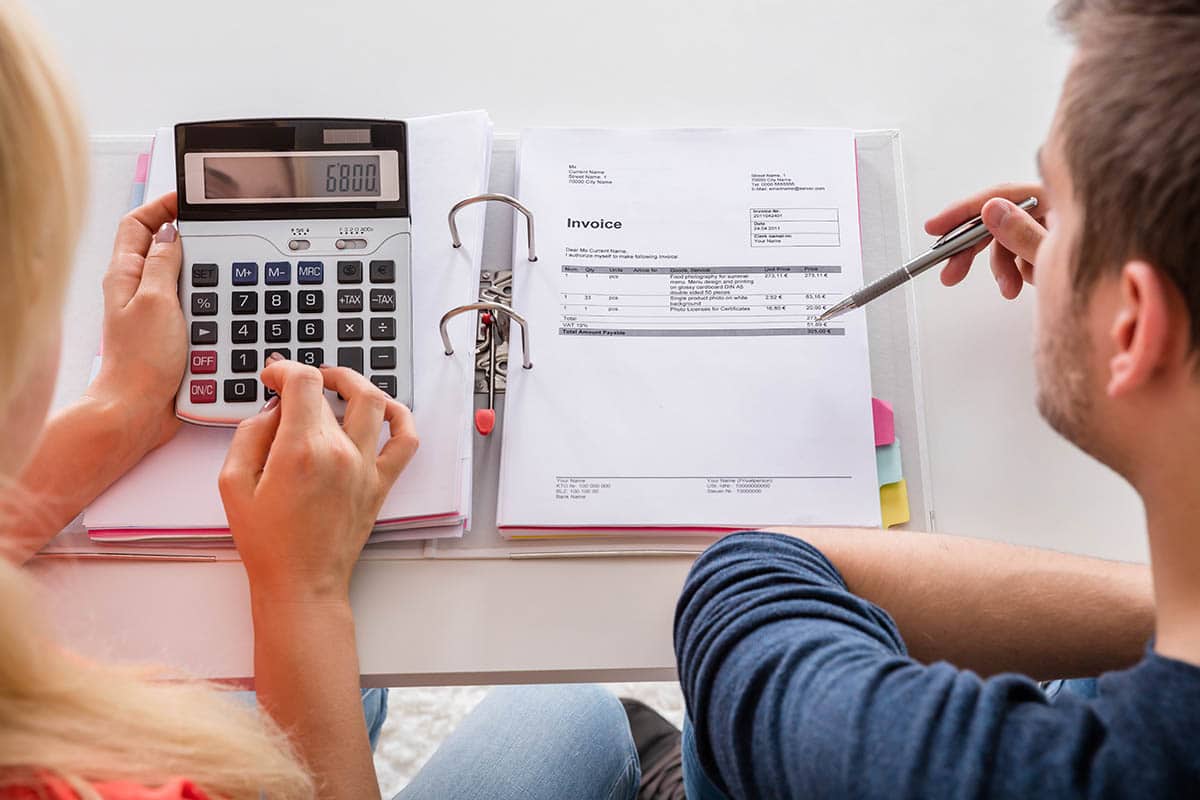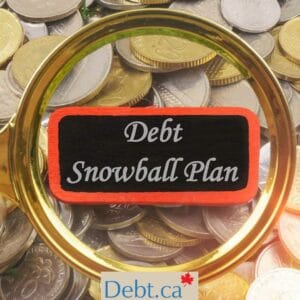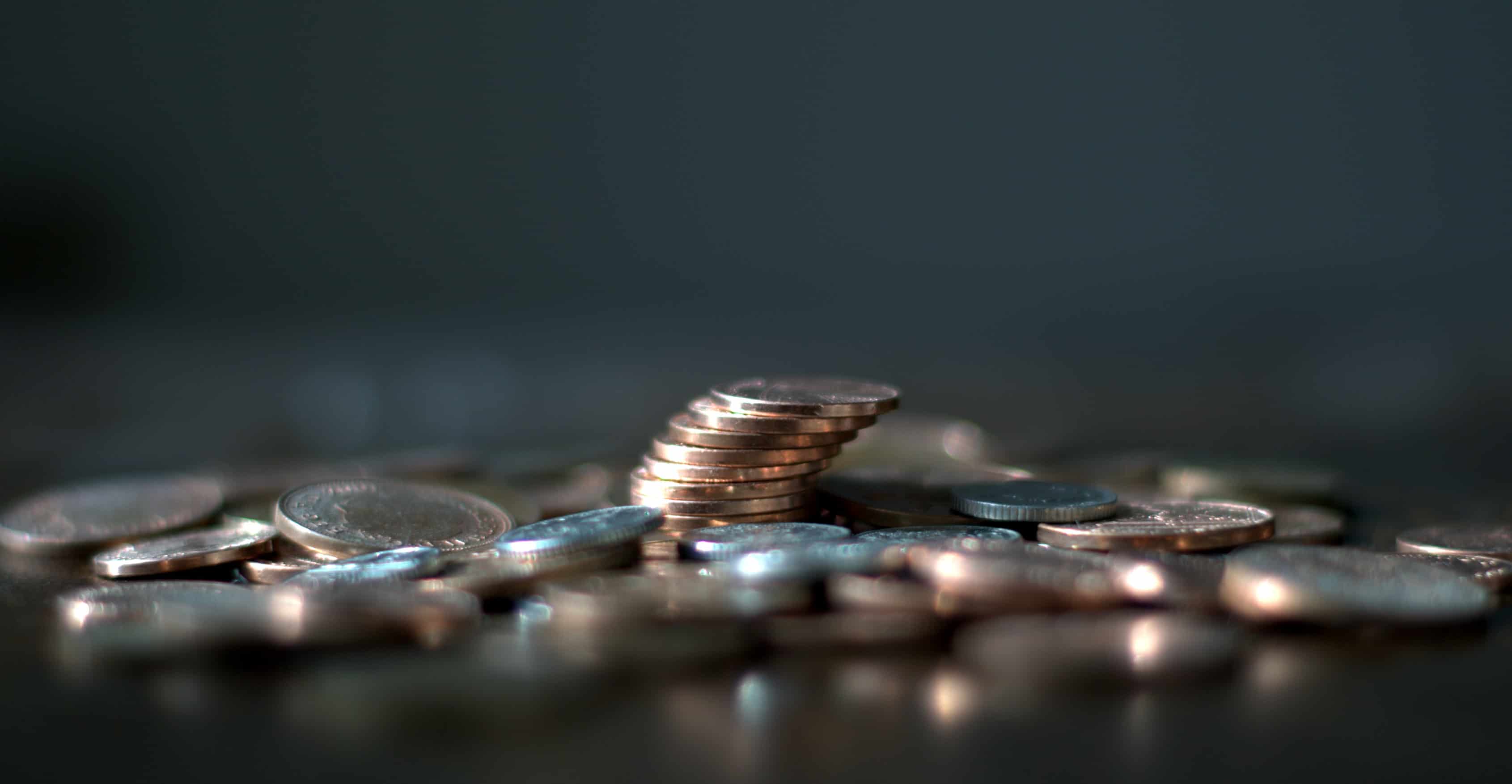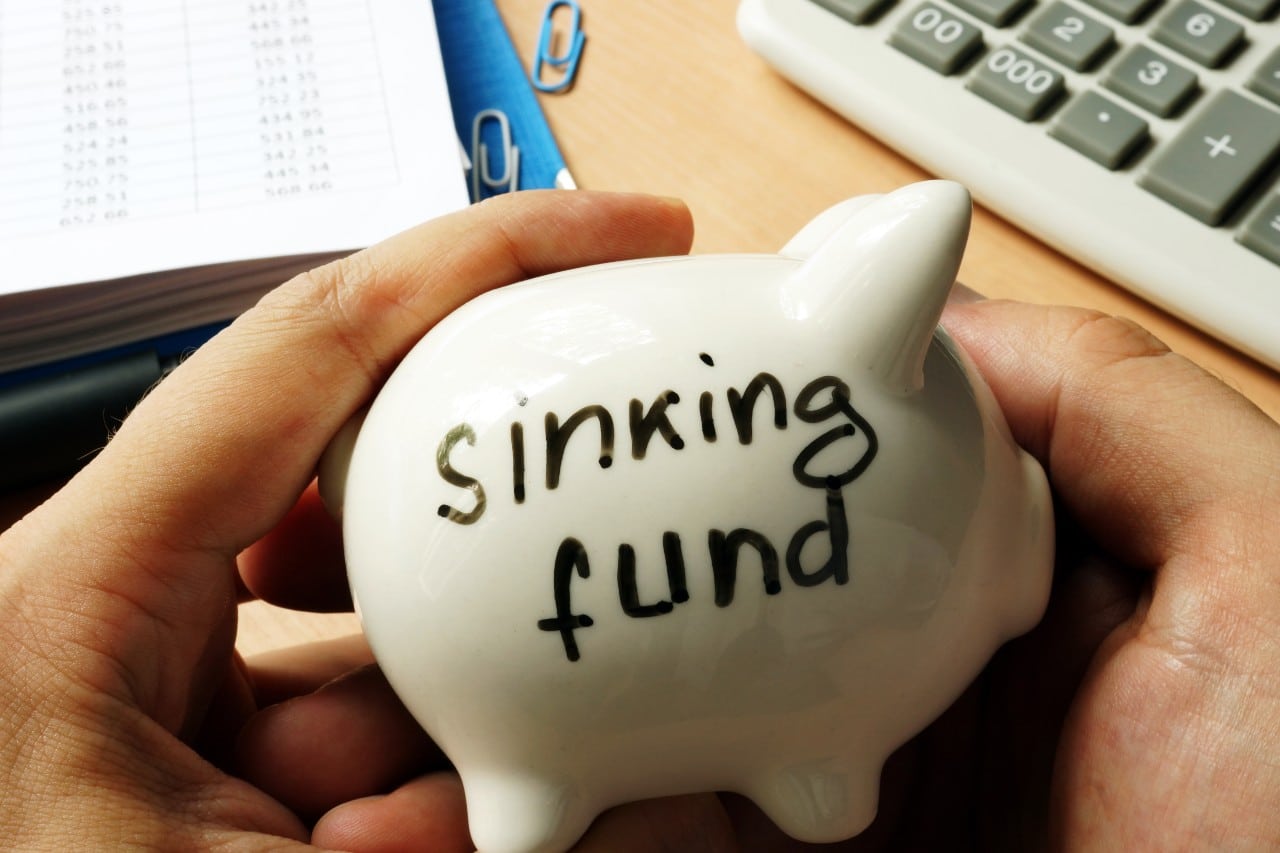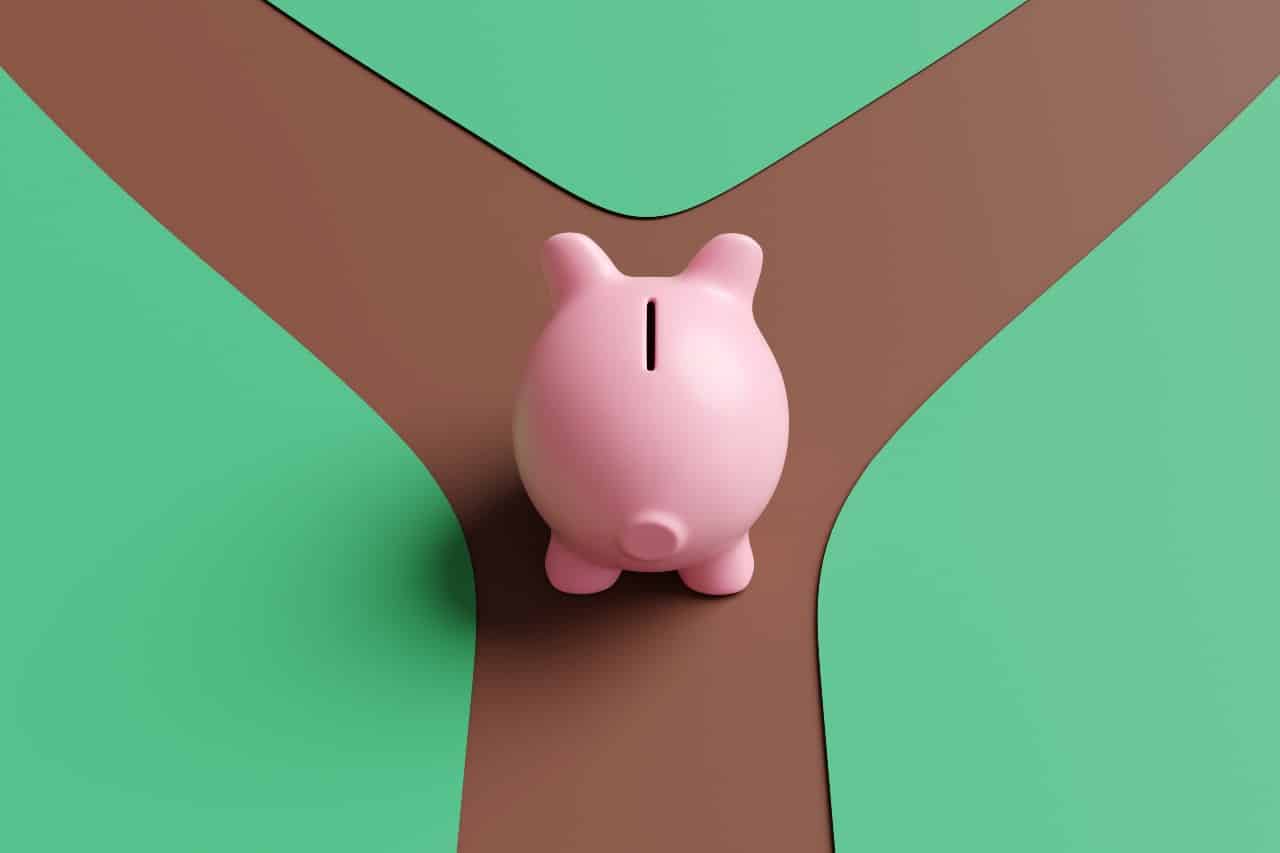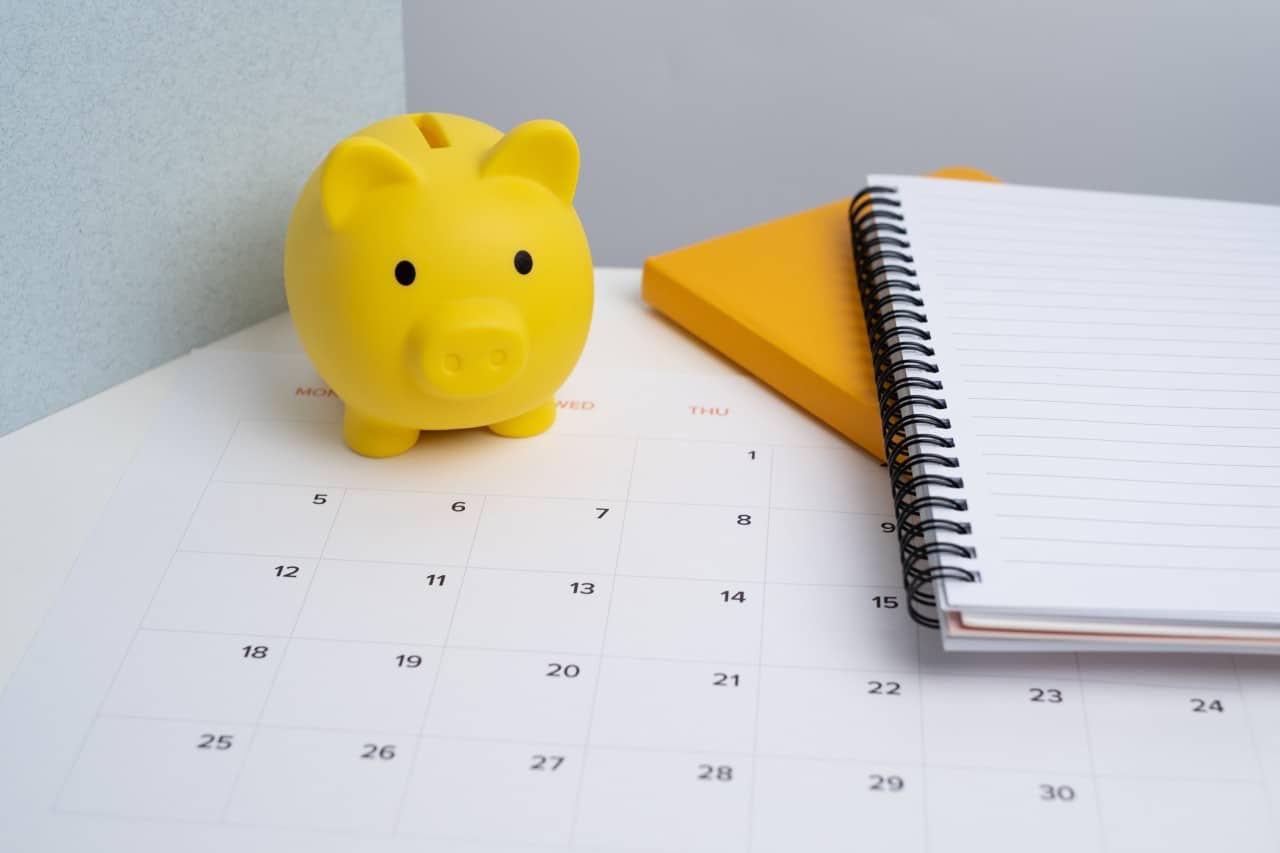Paying down debt is among most adults’ main priorities. But sometimes, finding the best method to get your loans under control can be difficult. If you’re dealing with a large amount of debt, just getting started can be overwhelming. If you’re determined to be debt-free as quickly as possible, by paying the least interest, the ‘Avalanche Method’ may be the solution for you.
Like an avalanche, it is fast and wipes everything out. This is the most efficient way to get out of debt. It is also the most cost-effective debt-repayment strategy, but it takes a great deal of willpower to stick to it. Learn how the avalanche method works below.
Highest to lowest
The ‘Avalanche Method,’ which is also sometimes referred to as debt stacking, recommends paying off debt with the highest interest rate first. Essentially, this debt costs the most. This could be credit card debt, store card debt, student loans, a car loan, or any high-interest debt.
Start by listing your debts in order from the highest interest rate you are paying down to the lowest. This will give you a clear understanding of what debt you need to pay off first. In contrast, the debt snowball method recommends eliminating the smallest balance first. However, minimum monthly payments take longer and cost you more.
List your debts from Largest interest rate to lowest.
- Make minimum payments on all your debts except the highest rate.
- Pay as much as possible on your highest debt.
- Repeat until each debt is paid in full.
Here is a typical list of debts you may have:
- Visa credit card balance $350 APR 25%
- Unsecured line of credit $235 APR 10%
- Car loan $8345 APR 6%
- Student loan $3678 APR 3%
- Loan from mom and dad to fix car $876 APR 2%
You would start with the credit card bill, then move to your unsecured line of credit debt and so forth.
Budget
When you’re trying to get out of debt, it’s important to understand how much money you have that you can use to put towards your loan repayments. The best way to do it is to list all your monthly payments and expenses, ideally for the next three months. Start with your fixed expenses,
- Rent/Mortgage
- Utilities
- Transportation
- Food
- Cable/Internet/Phone
Then list variable spending, like entertainment, travel, and kids’ activities. Subtract this from your monthly income to see how much money you have leftover at the end of the month to put towards debt. If that number is small, take a look at where you can cut back on your spending while you are paying your debt down. This could mean cutting out entrainment costs, scaling back on going out for dinner, and finding free ways for your kids to have fun.
Get started
Start by making the maximum amount of payment you can afford on your debts with the highest interest rate, while still making minimum payments on all your other debts. This could mean you are paying smaller balances off first. But, if they are costing you the most, paying them down quickly will save you money in interest payments.
Also, you must keep all your debts in good standing while using the avalanche method. These debts could include your mortgage, utility bill or credit card balances that have a lower interest rate. You must keep up with these payments. Otherwise, you will face late fees and penalties.
Supercharge your payments
Once the debt with the highest interest rate is paid off, focus on paying your second highest interest rate debt. This could mean paying your store credit card off first, as it often has the highest interest rate, then moving on to paying down your credit card balance, where the rate may be slightly lower.
But to supercharge your debt repayment, don’t change the amount you are putting towards your debt. For example, if you were making $300 monthly payments on your most expensive debt, put that $300 toward the next debt in addition to your minimum balance. At a lower interest rate, more of the money you’re paying will go towards paying the principal and less on interest.
Staying on track
The avalanche method minimizes the interest you pay on your debt and gets you out of debt faster. However, while you are applying the method it can be hard to feel the results of all your hard work. Be confident that the method you have chosen is saving you money (because it is.)
Keep your monthly payments going. Sit down each month to see how close you are to your goal of being debt free. If you see that date getting closer and closer, that might be the incentive you need to keep going.
Consider debt consolidation
Before you start on your journey to paying down debt, consider which debt you can easily consolidate into a lower interest rate loan. This will effectively make your payments smaller and that means more of the money you are paying month-to-month will go towards your debt coming down and less towards interest. By consolidating your debt and using the principles of the avalanche method you can pay your debt down even faster.
Right personality
Debt stacking may not work for someone who needs to see the immediate results of their efforts. That’s why there is the snowball method as well. When it comes to personal finance, the approach you take is up to you.
To be successful with the avalanche method, you must have discipline. Make monthly payments to keep your variable spending low, while you are paying down debt. Be confident that the payoff is greater than the efforts because it will be.
Above all, the best advice is to start now.
